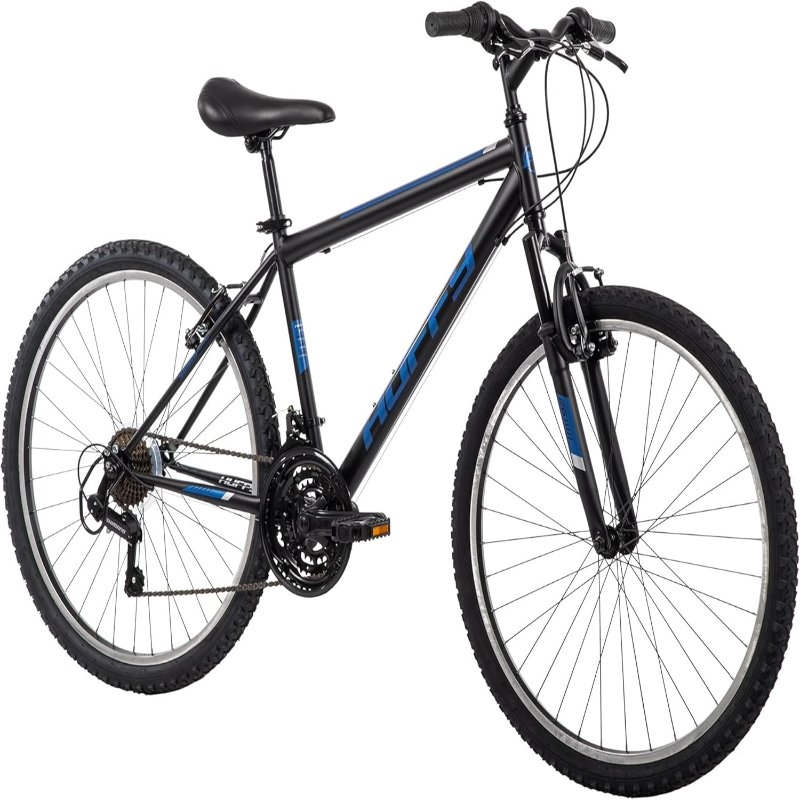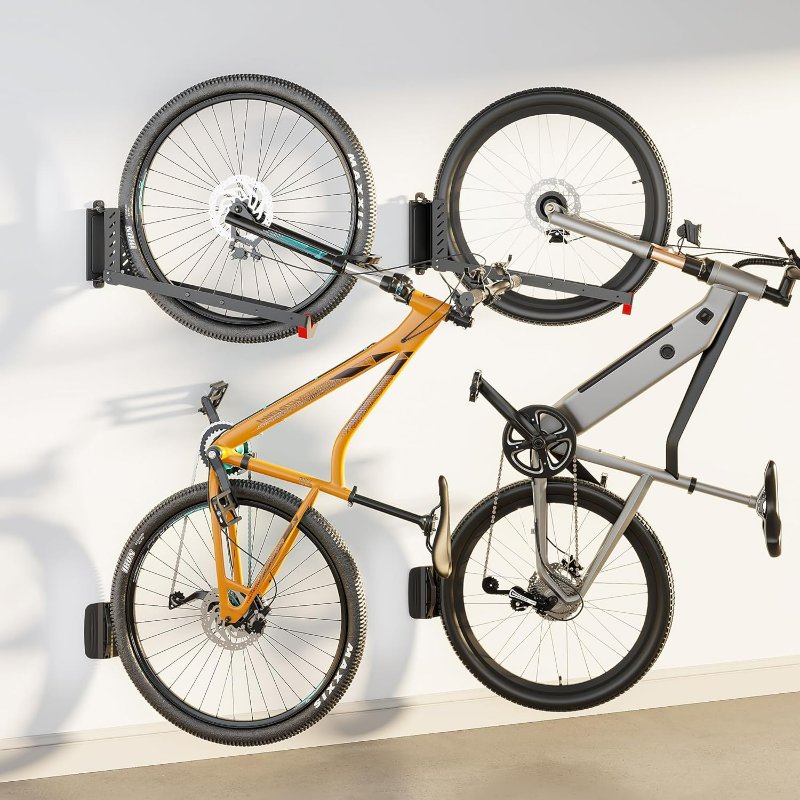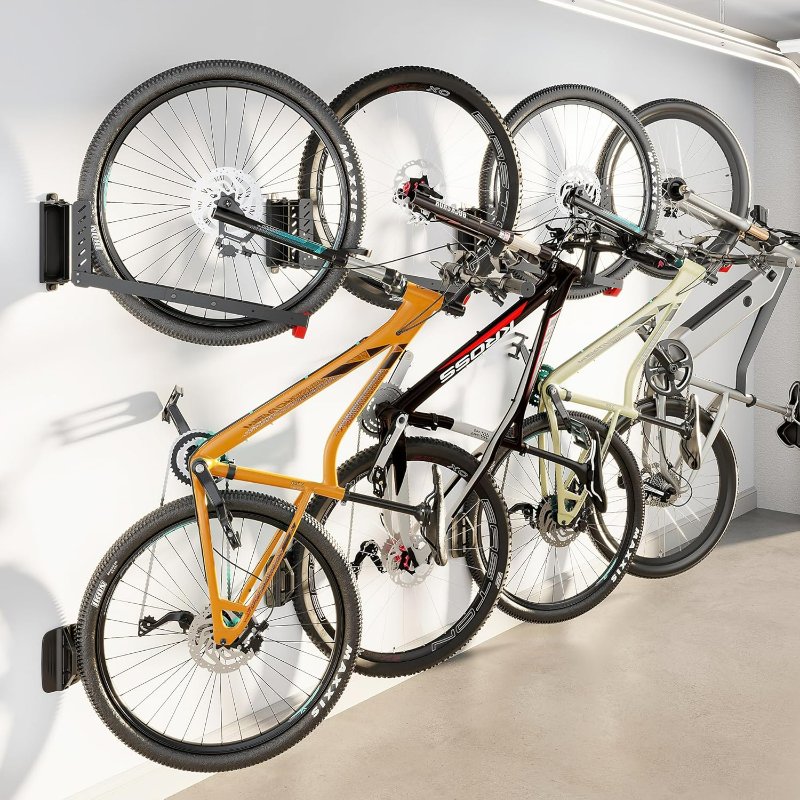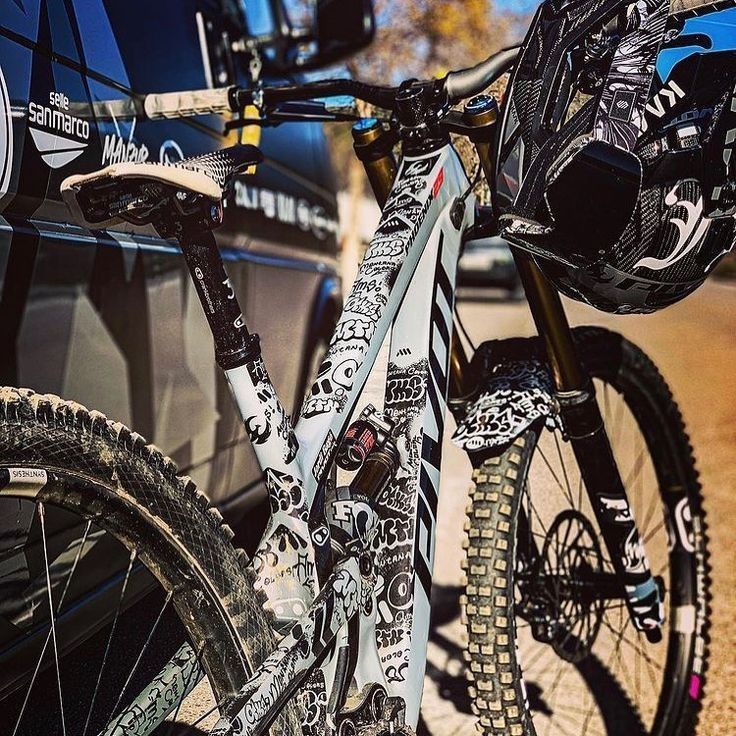Bicycling has become more popular in recent years, driven by the need for sustainable transport, leisure, and fitness. As bike lanes expand and cycling culture flourishes, understanding the regulations governing this activity becomes ever more important. Can you get a speeding ticket on a bicycle? This blog will delve into the intricate details surrounding this topic, examining the laws that apply to cyclists and offering essential safety tips to ensure a hassle-free biking experience.
The Legal Landscape for Cyclists
When discussing the possibility of the question can you get a speeding ticket on a bicycle, we must first establish the legal framework regulating bicycle operation. Each state and municipality in the United States has its own set of traffic rules and regulations, which can include specific laws governing bicycle riding. Generally, cyclists are expected to follow the same traffic laws that apply to motor vehicles, particularly when it comes to obeying speed limits, traffic signals, and other regulations.
For instance, in many jurisdictions, cyclists are required to ride on designated bike lanes or paths. In areas without dedicated lanes, cyclists may share the road with motor vehicles. Here, cyclists must adhere to local speed limits, which may apply equally to cyclists and drivers alike. If a cyclist is caught exceeding the posted speed limit, they could potentially face fines or penalties similar to those faced by motor vehicle operators. However, it’s crucial to note that the enforcement of these laws can vary greatly, often depending on the area, local law enforcement priorities, and the context of the alleged speeding.

The Speed Limits for Cyclists: Are They Different?
Speed limits for cyclists may differ from those for motor vehicles, but this is not universally applicable. In most scenarios, cyclists are expected to abide by the same speed limits that apply to all vehicles on the road. However, local governments may introduce specific regulations tailored to cyclist safety. For example, some municipalities dictate a maximum speed limit for cyclists on designated bike paths or parks. Riders who exceed this limit may find themselves subject to citations.
In contrast, local authorities may not impose speed limits in certain bike-friendly areas, particularly where traffic is minimal or non-existent. For instance, a suburban neighborhood with low traffic may not have strict enforcement of speed limits for bikes. Nonetheless, cyclists should always act reasonably and practice caution when riding, rather than assuming they are entitled to ride at excessive speeds, even in “bicycle-friendly” environments. Riders should keep in mind that riding at high speeds may increase the likelihood of accidents and injuries, which can raise concerns among law enforcement and the community at large.
How Enforcement Works: Understanding Traffic Tickets for Bicycles
When it comes to the enforcement of traffic laws for bicycles, the process often mirrors that of motor vehicles. If a law enforcement officer observes a cyclist speeding or behaving recklessly, they may issue a citation or ticket similar to that issued to a motorist. Depending on the jurisdiction, these tickets may carry penalties such as fines, points on a driving record, or required attendance at bicycle safety courses.
However, the actual issuance of tickets can vary significantly based on local law enforcement practices. Officers may prioritize speeding citations for motor vehicles over those for bicycles, particularly if the cyclist is not causing a disruption. This does not mean that cyclists are exempt from responsibility; it merely reflects the realities of police resource allocation and community concerns. Although it may be relatively rare for officers to ticket cyclists, a growing number of cycling advocates are pushing for the same rights and responsibilities to be afforded to cyclists as to motor vehicle drivers.

The Role of Local Regulations and Ordinances
Beyond general traffic laws, local regulations further shape the enforcement landscape for cyclists. Cities and towns may enact ordinances specific to cycling, outlining permissible behavior, speed limits, and other rules. For example, some municipalities might establish designated high-traffic bike paths that have different speed limits for cyclists compared to main roadways. These ordinances can introduce additional layers of complexity for cyclists.
Moreover, careless riding behaviors that could lead to accidents may prompt law enforcement action, regardless of strictly following a numerical speed limit. If an officer believes that an individual is riding in a way that endangers themselves or others, they may issue a citation even if the cyclist is technically within legal speed limits. Cyclists should always stay informed about local ordinances and regulations regarding cycling; being knowledgeable about local rules can prevent tickets and enhance overall safety.
Safety Precautions Every Cyclist Should Consider
Regardless of the legal nuances, maintaining safety while cycling should be the primary focus for all riders. Even if it doesn’t result in a speeding ticket, the consequences of riding too fast can be severe, including accidents or injuries. Implementing basic safety measures can help ensure a safer cycling experience.
First, always wear a properly fitted helmet to protect your head in case of a fall or collision. Additionally, it’s essential to invest in bright clothing or reflective gear to make visibility a priority, especially during evening rides. Bright colors and reflective materials can help other road users spot you more easily.
Also, ensure that the bicycle you’re riding is in good working condition. Regularly inspect brakes, tires, and gears to ensure they are functioning optimally. Clear your paths of obstructions, adhere to cycling lane laws, and employ appropriate hand signals when turning or changing lanes to communicate your intentions with other road users clearly. Not only will these measures contribute to personal safety, but they also foster a culture of respect and responsibility on the roads—benefits for all parties involved in cycling.

The Importance of Community Cycling Education
Education stands as a powerful tool, serving as an essential component in promoting safe cycling practices and understanding road regulations. Local communities are increasingly recognizing the need for educational programs aimed at improving the safety of cyclists. These programs often include workshops or classes that cover traffic rules, safety tips, and proper bicycle maintenance techniques.
Additionally, many cycling organizations are actively promoting community awareness programs, highlighting the importance of responsible riding and creating a strong sense of community among cyclists. These initiatives often encourage shared responsibilities between cyclists and motorists. Such education can alleviate misunderstandings and foster respect between road users—an essential aspect in building safer cycling environments.
As cycling gains in popularity, municipalities are beginning to prioritize infrastructure improvements, including dedicated lanes, bike racks, and designated bike parking. Advocating for such infrastructure ensures safe routes for cyclists while encouraging more people to consider cycling as a viable form of transportation.
Conclusion: Striving for Safe Cycling Practices
In conclusion, whether cyclists can receive speeding tickets ultimately revolves around local laws, enforcement, and personal responsibility. While many jurisdictions do hold cyclists accountable for obeying speed limits and traffic regulations, the majority of law enforcement resources often focus on motor vehicle operations. This does not imply that cyclists are above the law; it simply reflects the complexities of enforcement in differing contexts.
Riding responsibly, staying informed about local laws and regulations, and participating in community education initiatives can greatly enhance the cycling experience while contributing to safer road environments for everyone.
By being proactive about safety and practicing respectful riding techniques, cyclists can enjoy the many health and environmental benefits of biking while simultaneously minimizing the risk of accidents. Whether it’s respecting speed limits or participating in community programs, every cyclist plays a role in fostering a culture of safety and cooperation that benefits all road users.

